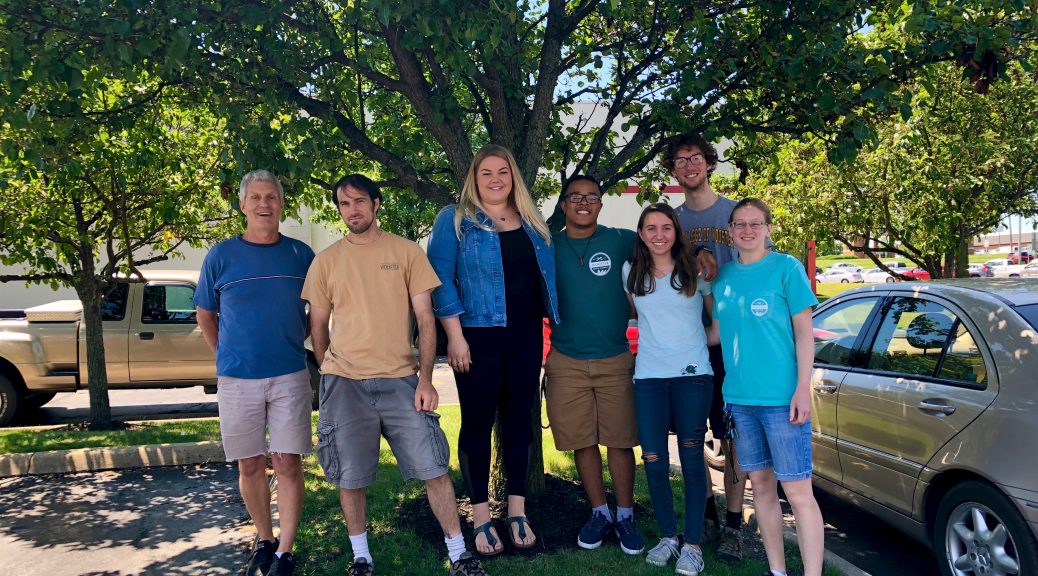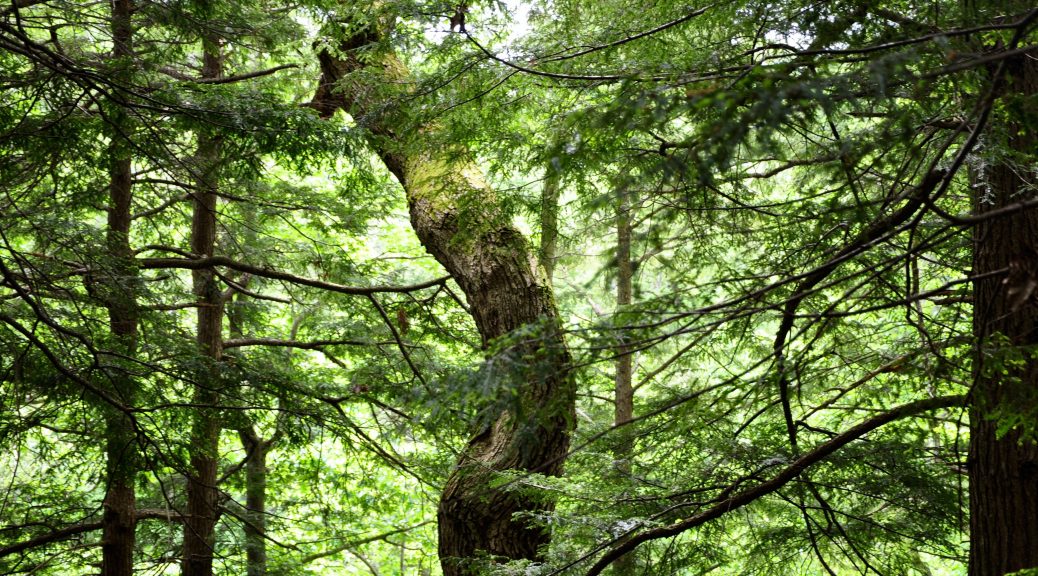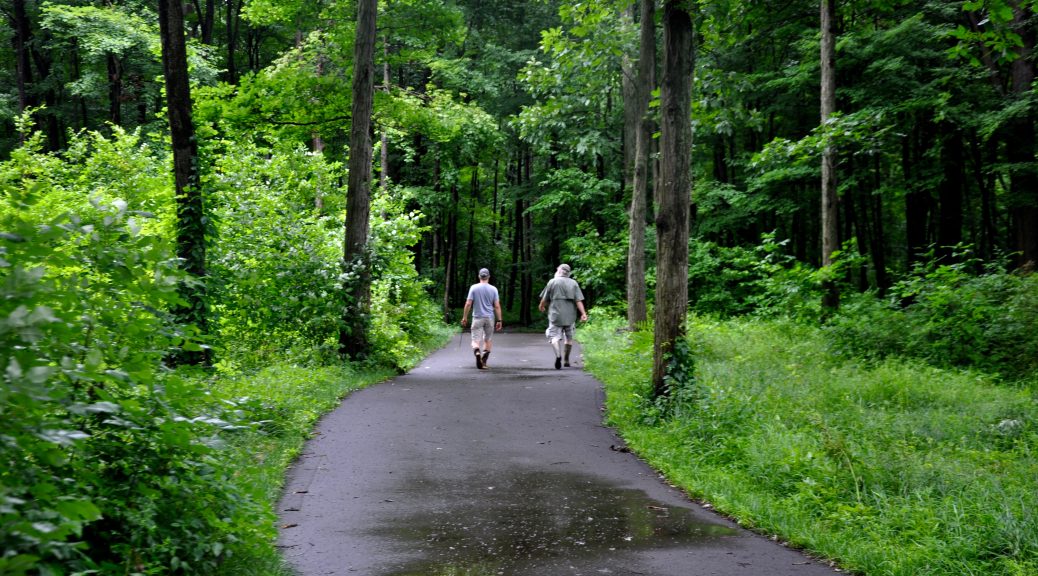Summer 2018 research in the Tree Ring Lab has come to a close. The group of five students worked on a variety of projects, learning about the climate and history of Ohio and Alaska, and the application of different dendrochronological techniques and statistical analyses. They also gained experience effectively conveying their research to others and writing official reports of their findings.
The summer research team on their last day working together (Left to right: Greg Wiles, Nick Wiesenberg, Victoria Race ’19, Juwan Shabazz ’19, Kendra Devereux ’21, Josh Charlton ’19, and Alexis Lanier ’20).
AMRE students with a sampled oak tree at Brown’s Lake Bog in Wooster, Ohio (Alexis Lanier ’20, Juwan Shabazz ’19, and Kendra Devereux ’21).
The AMRE team accomplished a lot during the eight weeks they were here on campus. Their research started with the principles of dendrochronology, when they learned how to count individual tree rings and measure their widths under the microscopes. From here, the team learned how to run this data in different programs like COFECHA and ARSTAN. This process allowed them to date many historical structures across Northeast Ohio such as Gingery Barn and Miller House and Barn. You can find a full list on the TRL’s reports page.
AMRE students with
Monthly Archives: July 2018
Concluding 2018 summer research
Today is the official last day for AMRE researchers here at the Tree Ring Lab. The AMRE team has accomplished many projects these past 8 weeks.
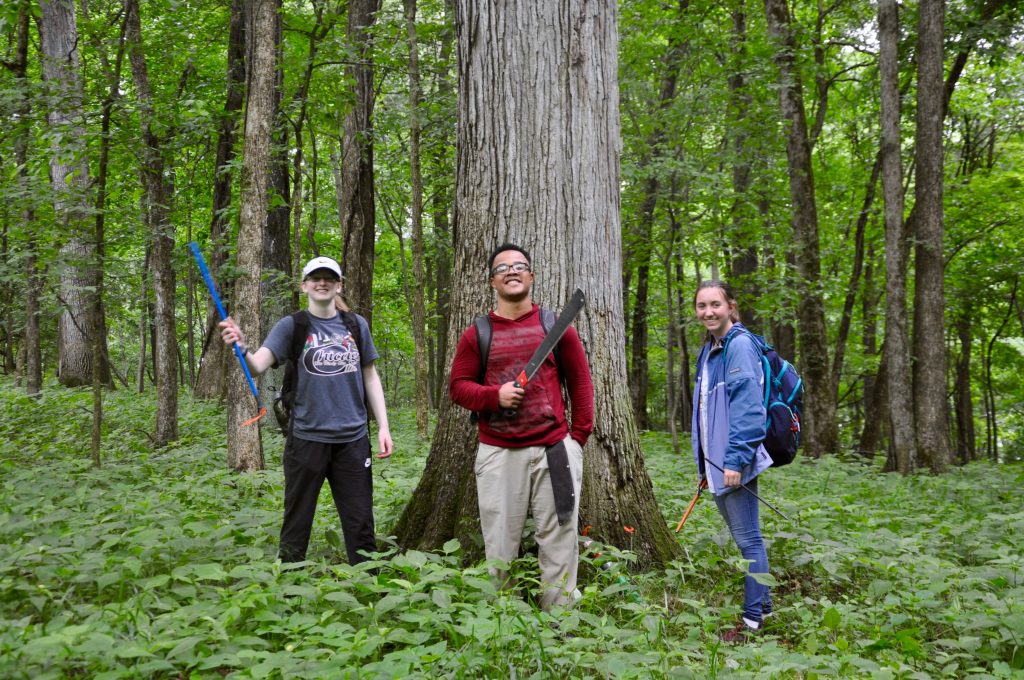
Their research started with the principles of dendrochronology, when they learned how to count individual tree rings and measure their widths under the microscopes. From here, the team learned how to run this data in different programs like COFECHA and ARSTAN. This process allowed them to date many historical structures across Northeast Ohio such as Gingery Barn and Miller House and Barn. You can find a full list on our reports page.
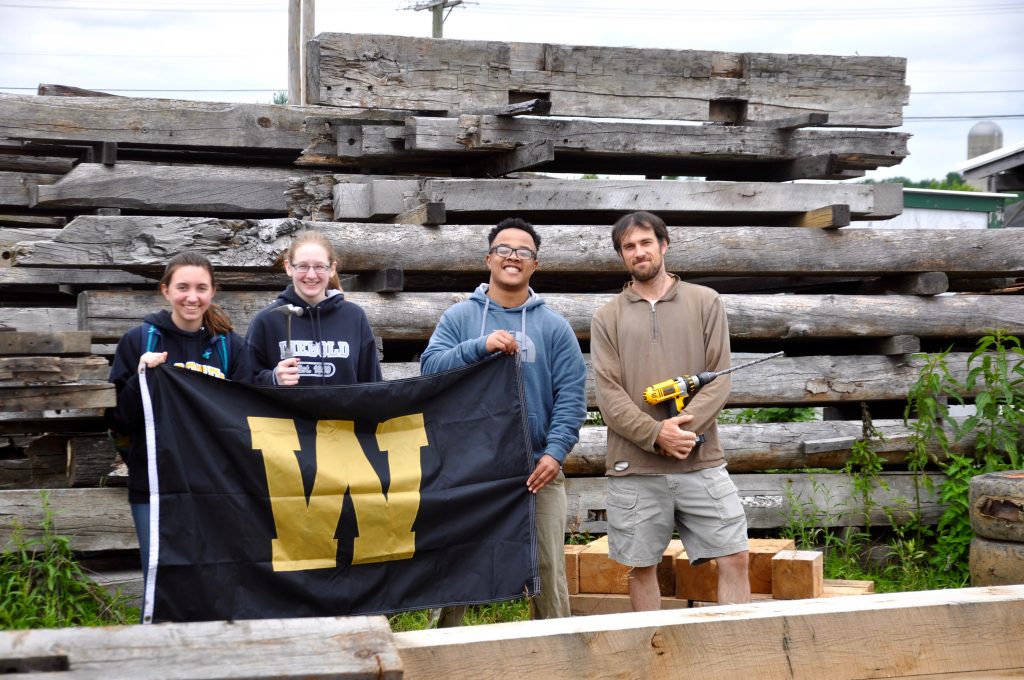
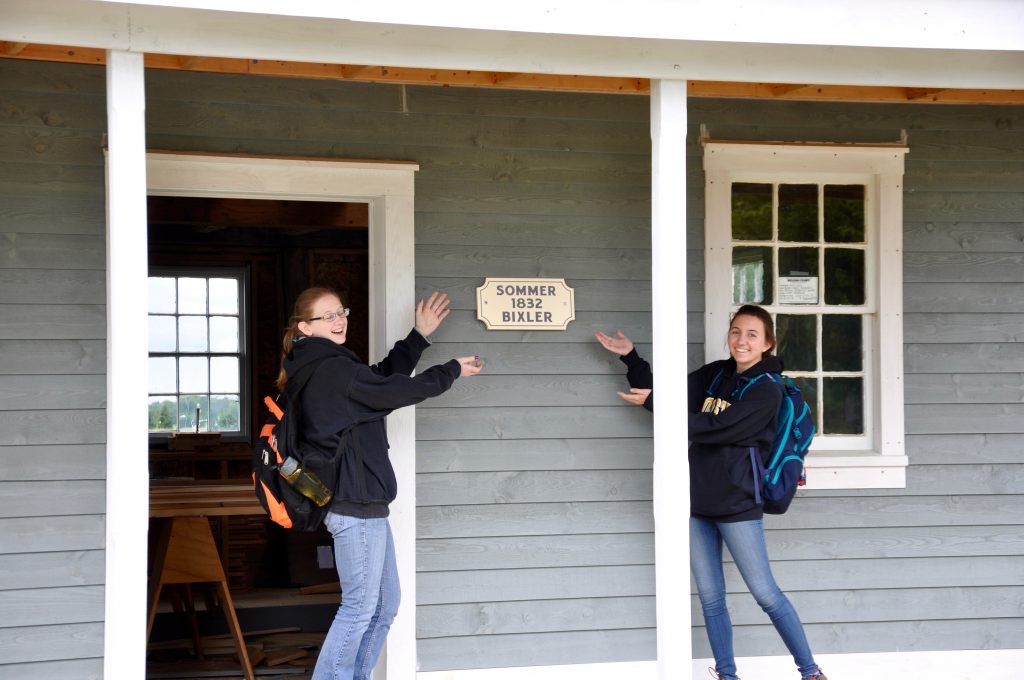
The AMRE students also learned how to take these chronologies and make hypotheses regarding past climate by uploading the data to Climate Explorer and running various correlations with other datasets.
We were fortunate enough to go out in the field and personally collect most of the data that we worked with this summer. These eventful trips included a lot of tree coring and required lots of bug spray. Some of the AMRE group’s favorites trips included Stebbin’s Gulch and Brown’s Lake Bog.
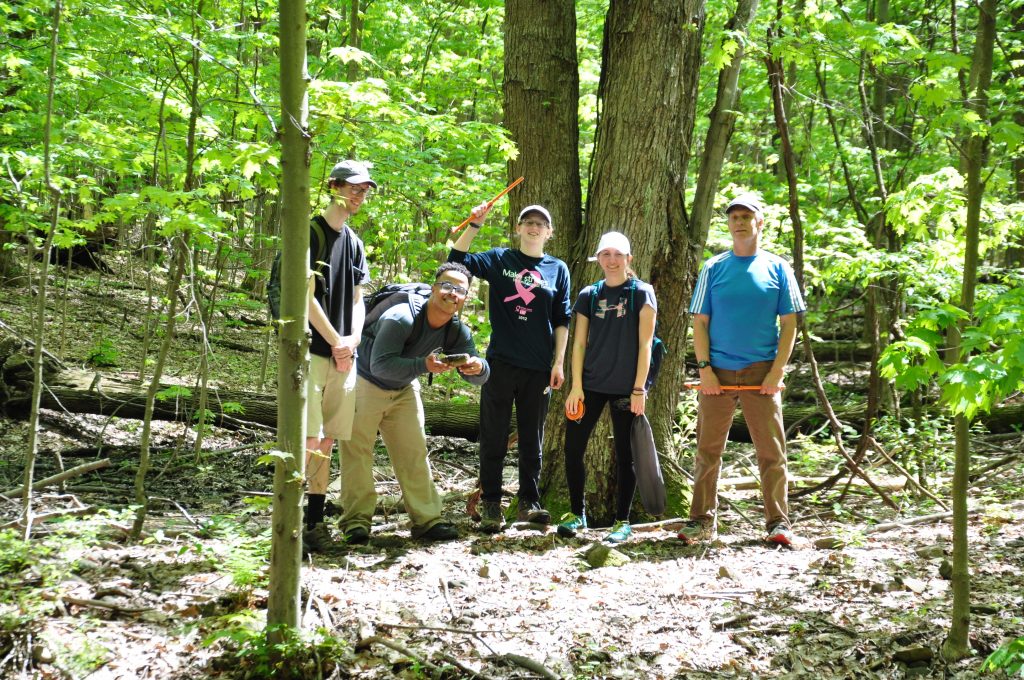
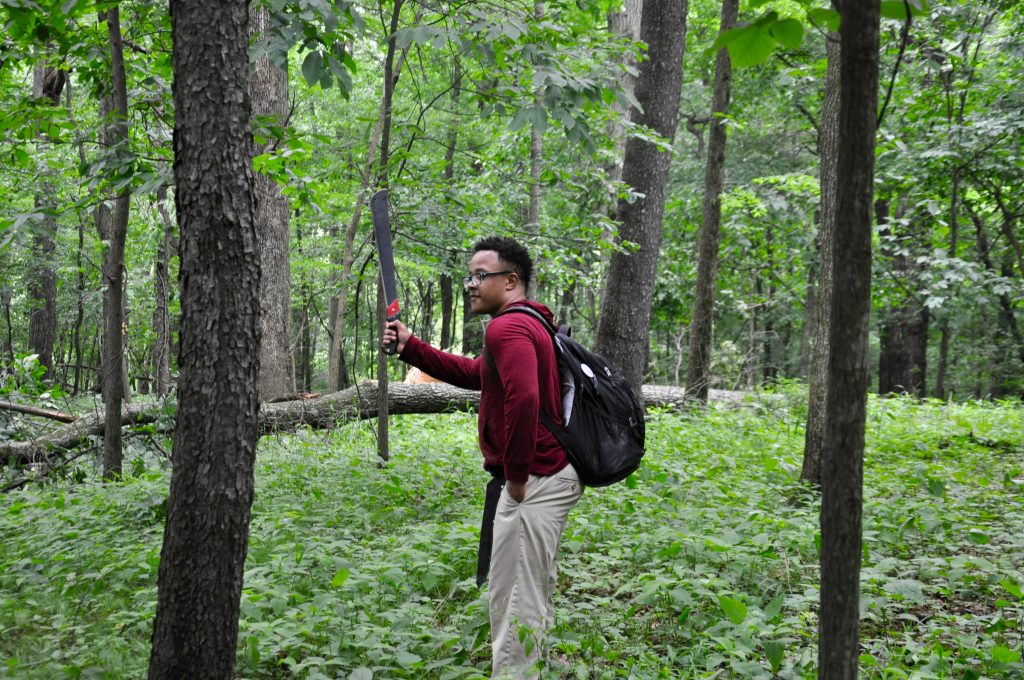
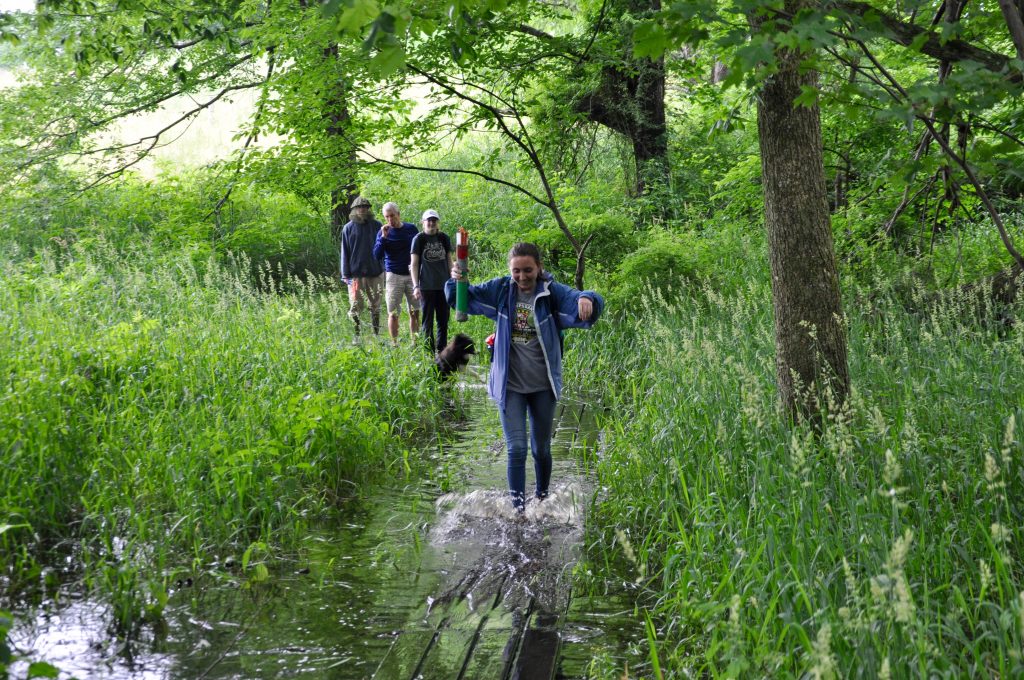
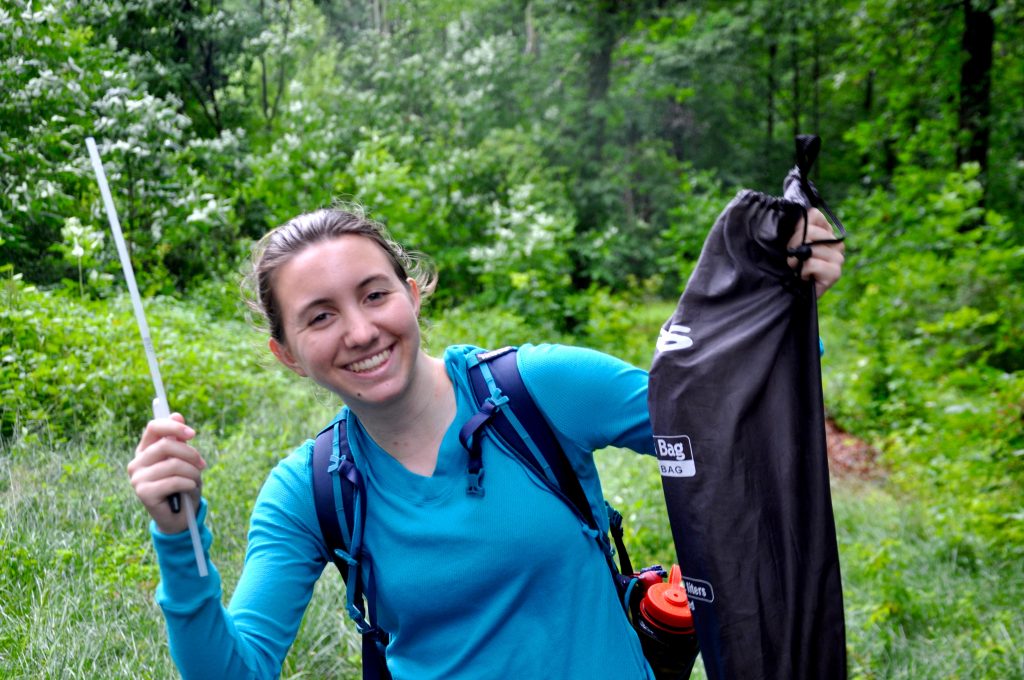
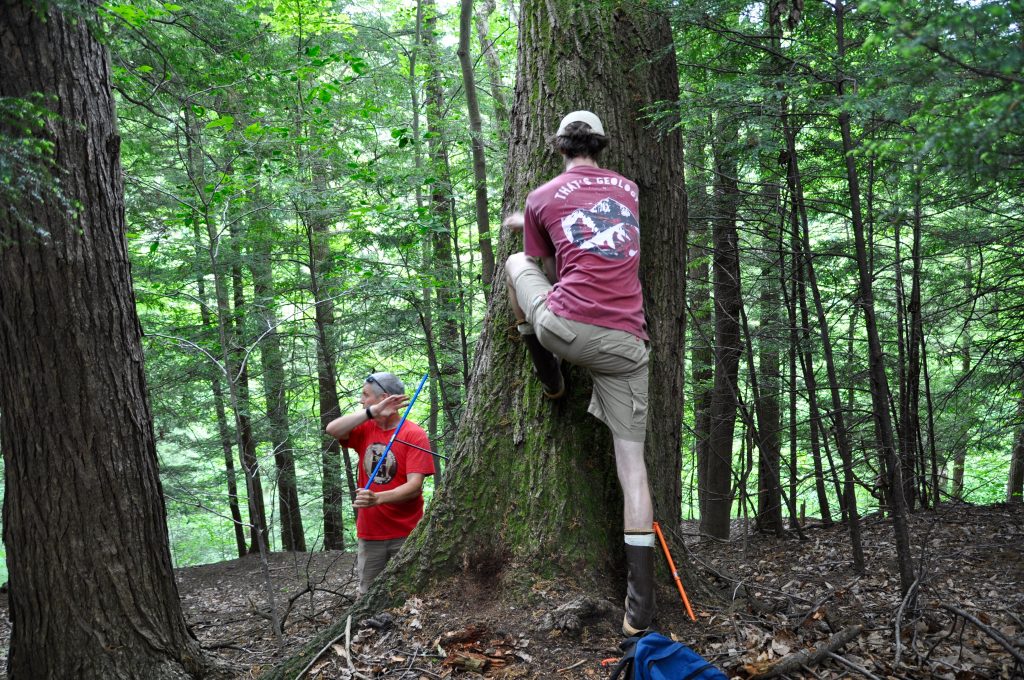
The other two summer researchers working in the Tree Ring Lab this summer, Victoria Race and Josh Charlton, have been working with tree ring data collected from Alaska. Their work focuses on the modeling of Columbia Glacier located in Prince William Sound, Alaska. They are currently working on an abstract to submit to the upcoming GSA conference this fall. Stay tuned for more information regarding their project!
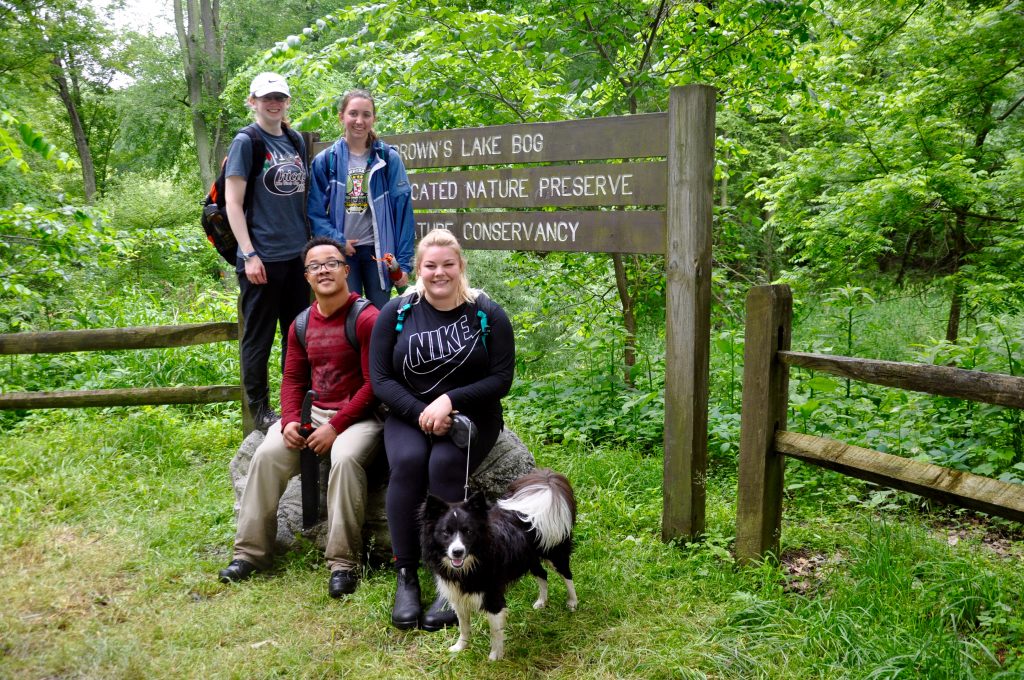
Special thanks to the National Science Foundation, the Sherman Fairchild Foundation and the AMRE program for helping to make this research possible. Enjoy the rest of your summer!
An Update on Stebbin’s Gulch at the Holden Arboretum
Summer researchers working in the Tree Ring Lab returned to Stebbin’s Gulch in late May to collect more chestnut oak samples. This increased replication helps us to strengthen our various hypotheses made from the interpretation of our findings.
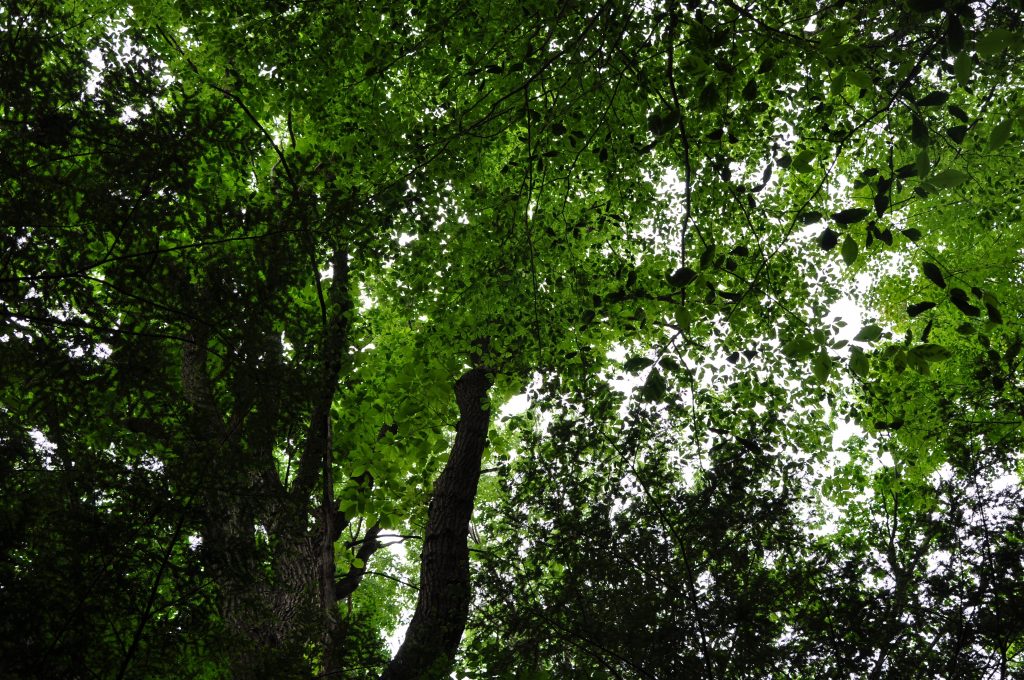
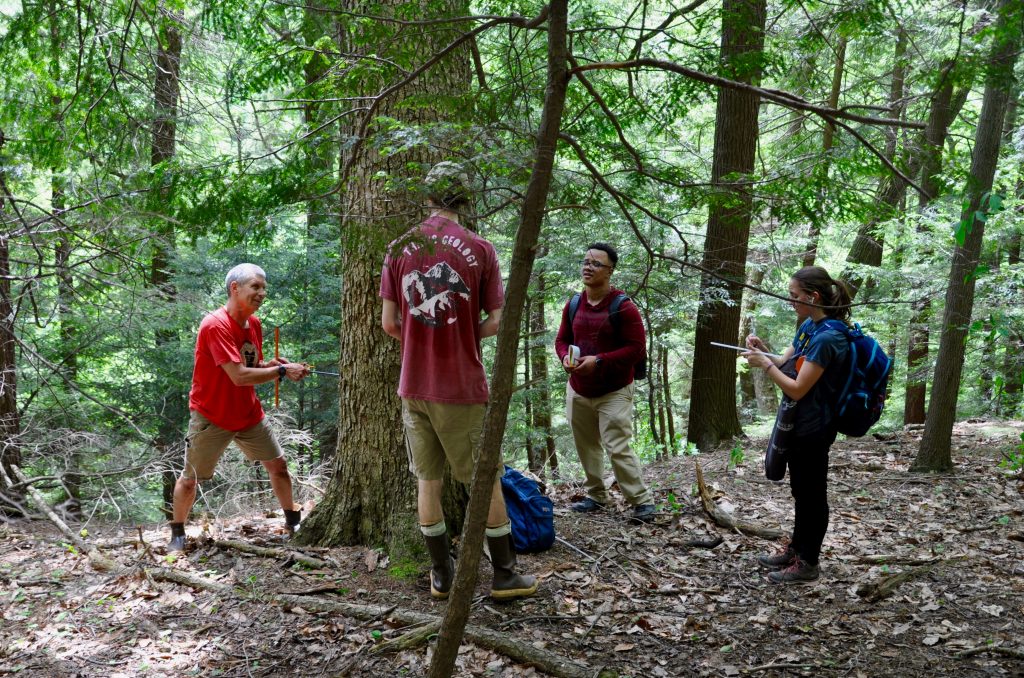
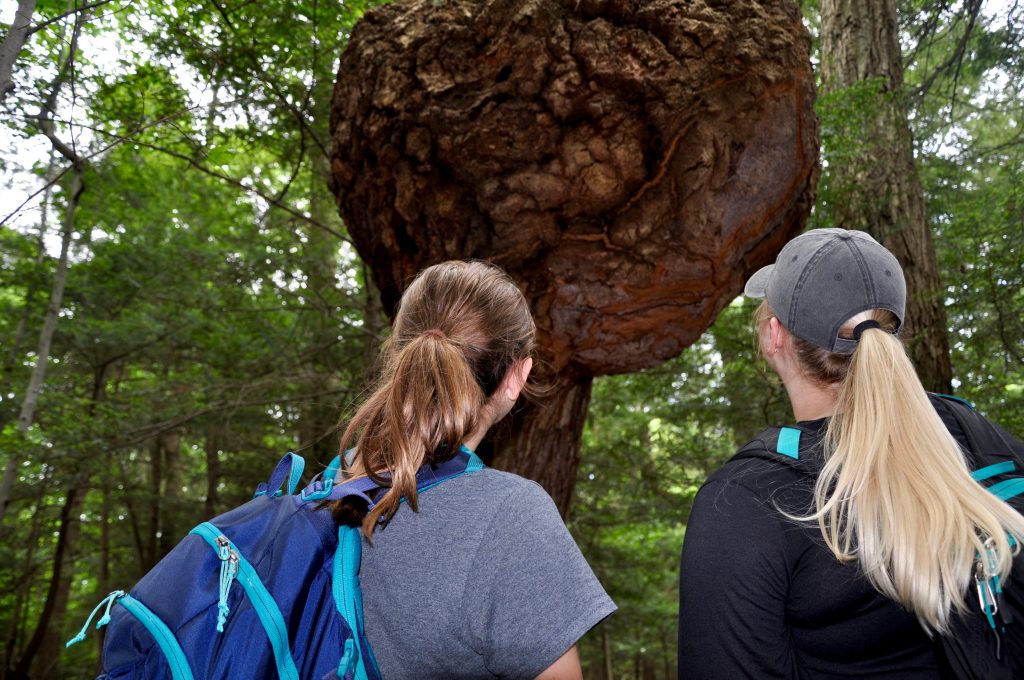
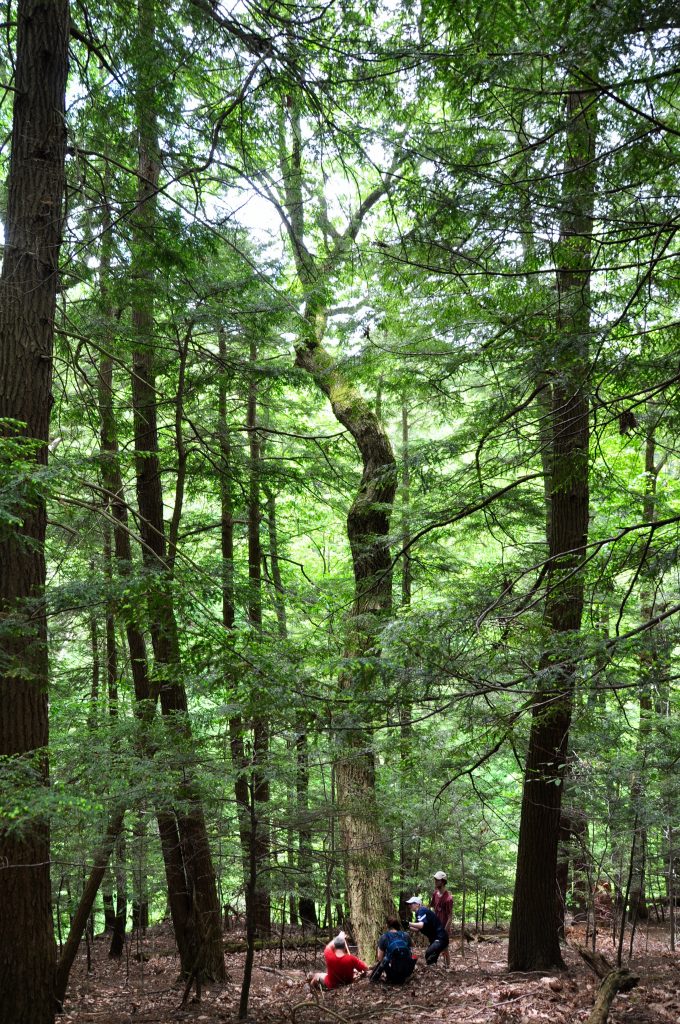
This information is useful in mapping out land use changes in Northeast Ohio. The team identified an abrupt increase in ring width around 1840. They attributed this rise to decreased competition from logging which coincides with the time of most significant settlement in the area.
Read more about their conclusions in the official dendroclimatological report here.
AMRE at Barnes Preserve and The Wilderness Center
Last week, AMRE students, Kendra Devereux and Alexis Lanier, ventured out to Barnes Preserve in Wooster and The Wilderness Center located in Wilmot, Ohio.
The team collected cores from white and red oak trees at both locations to update their chronologies and analyze land use history of these areas.
Barnes Preserve is a 76-acre park known for its rejuvenating atmosphere, diverse wildlife, and accessible trails. The team focused on collecting samples from mature trees in order to create a new local chronology. The Tree Ring Lab hopes to return to Barnes Preserve and build upon this record in the future.
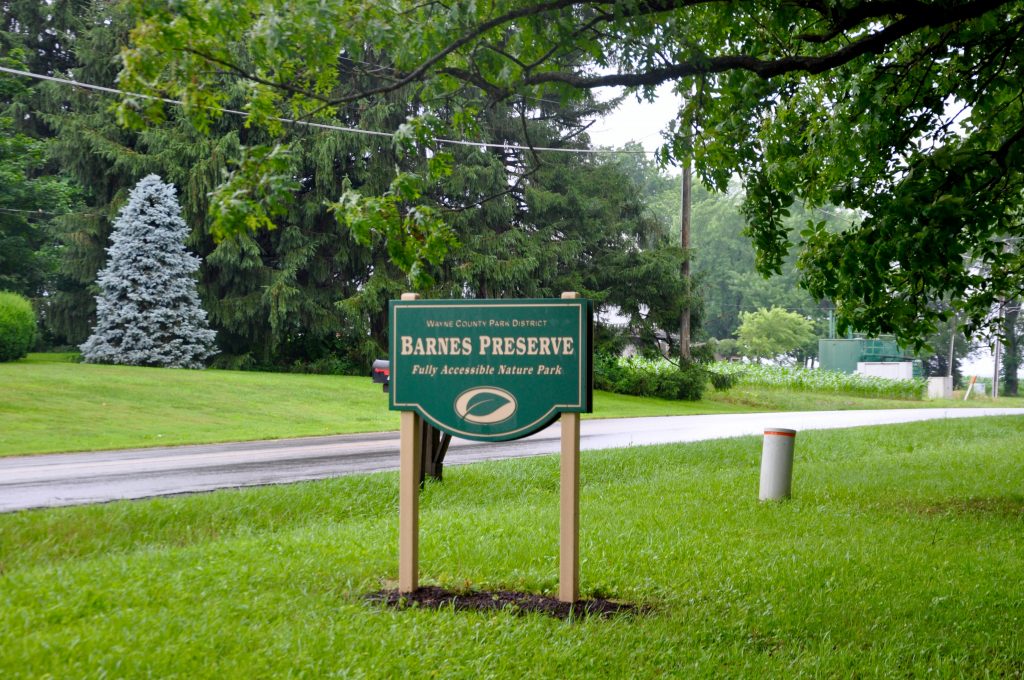
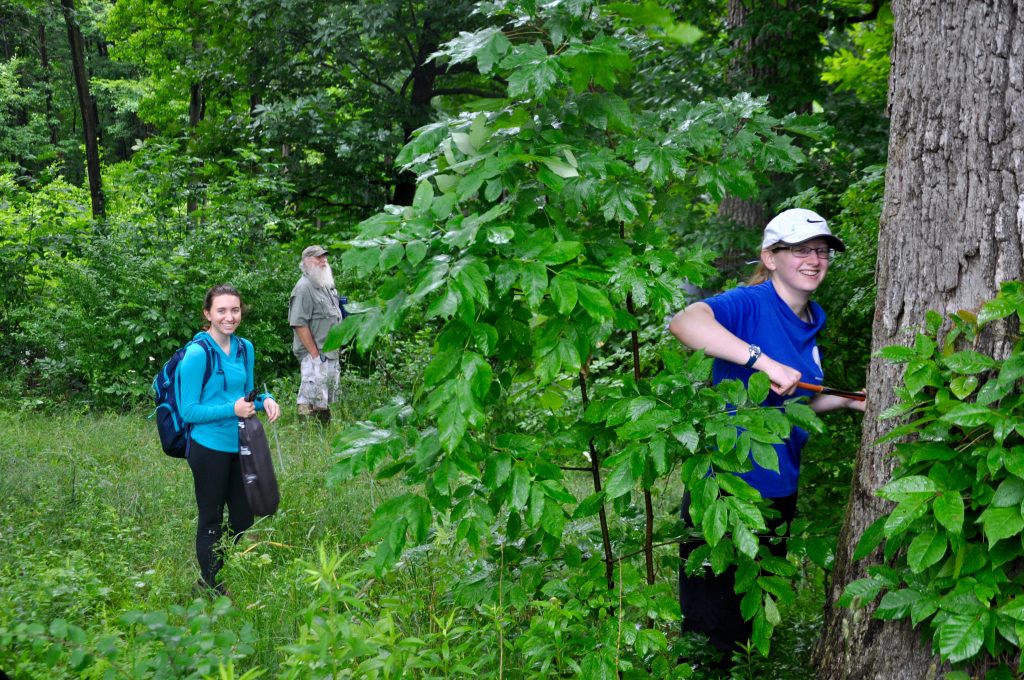
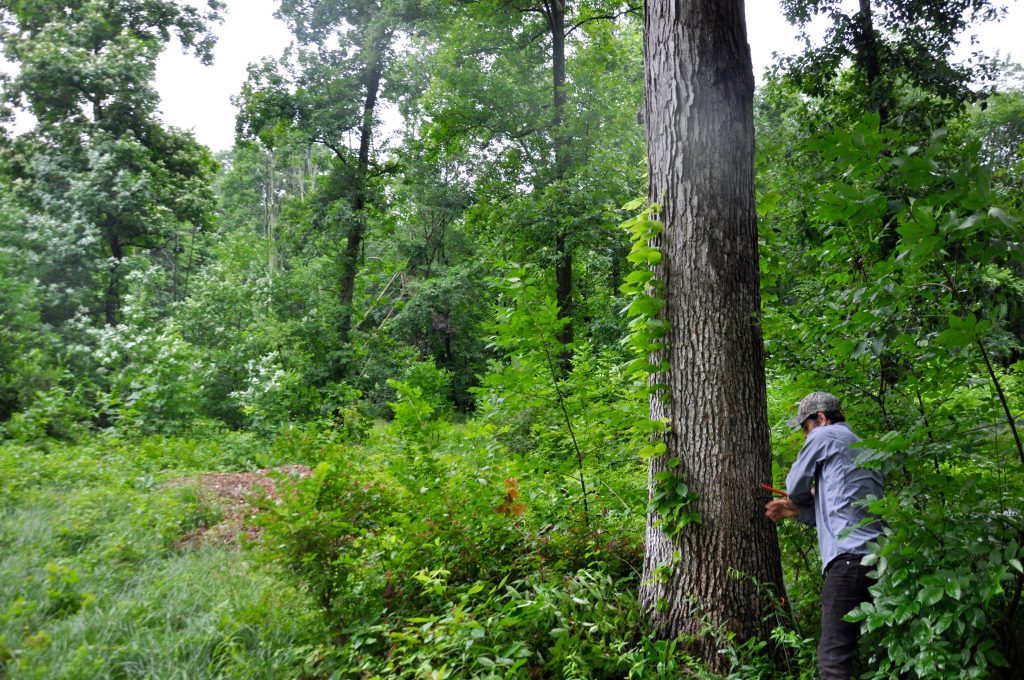
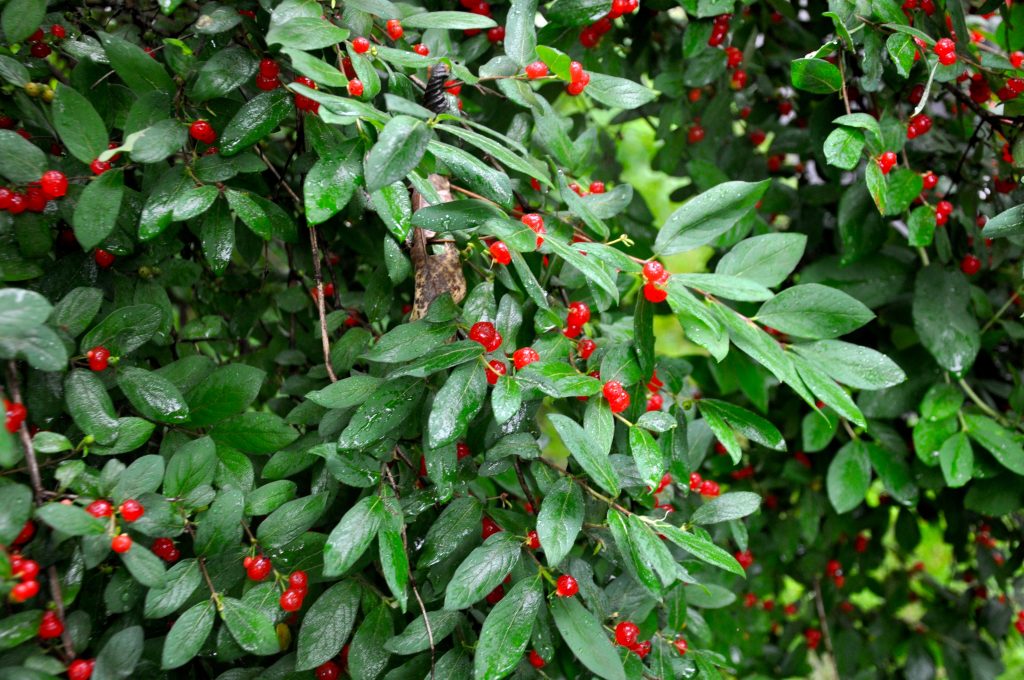
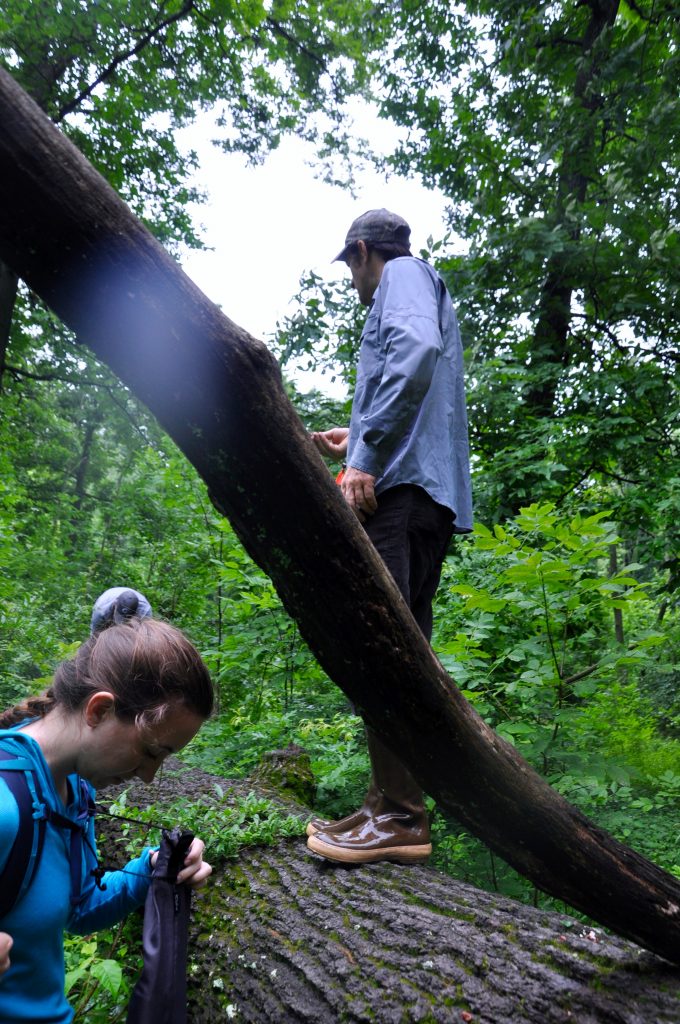
The Wilderness Center has an old growth forest named Sigrist Woods that the team was interested in sampling. From these cores they hoped to learn more about a recent storm that damaged and felled many trees in the area. They plan to look more closely at the cores to see if ring widths were affected by this event by either storm damage or loss of competition.
Preliminary results are showing that the trees from Sigrist are dating back to the late 1800’s. Stay tuned for more of their results!
Special thanks for Denny Jordan and Herb Broda for helping facilitate this research.

